
Let’s be honest, we often take the simple things for granted. We use them every day, they’re foundational to everything we do, and yet, how much do we truly know about them? Take the letter ‘A’ for instance. It’s the very first letter of the Latin alphabet, the one that kicks off countless words, sentences, and even our own alphabetical order. It’s the alpha of our linguistic world, but its story is far richer and more adventurous than you might ever imagine.
Prepare to have your mind blown as we journey through the captivating history and surprising versatility of this seemingly humble character. From its ancient origins as a pictogram to its many typographic transformations and its diverse roles across languages and scientific fields, ‘A’ is anything but ordinary. It’s a linguistic superstar with a past that’s as dramatic as any A-list celebrity, and a present that keeps it constantly at the forefront of communication.
So, buckle up! We’re about to dive deep into the fascinating universe of ‘A’, exploring how this single letter has profoundly shaped not just our language, but our entire way of understanding and interacting with the world. You might just find yourself looking at the alphabet’s headliner with a whole new appreciation after today.

1. **The Ancient Roots: From Aleph to Alpha** Before ‘A’ was ‘A’, it was something entirely different, something truly ancient. Its earliest known ancestor hails from the Phoenician alphabet, where it was called ‘aleph’. Now, here’s where it gets interesting: ‘aleph’ didn’t represent a vowel sound at all! Instead, it stood for a glottal stop, that little catch in your throat you hear in words like ‘uh-oh’. This makes sense, given that Phoenician only used consonantal letters.
The journey to ‘aleph’ itself is equally fascinating, tracing back even further to a possible pictogram in proto-Sinaitic script. Imagine an ox head, triangular with two extended horns – that’s what may have inspired the form of ‘aleph’. It’s incredible to think that our modern ‘A’ might have started as a stylized drawing of livestock, connecting us directly to the earliest forms of human communication.
When the ancient Greeks encountered this Phoenician alphabet, they saw an opportunity. They had no need for a glottal stop, but they desperately needed a way to represent the vowel sound /a/. So, they ingeniously adapted the sign, giving it the similar-sounding name ‘alpha’ and assigning it that crucial vowel sound. This was a pivotal moment, as it transformed a consonantal symbol into a fundamental vowel, setting the stage for future alphabets.
In those earliest Greek inscriptions, dating back to the 8th century BC, the letter ‘alpha’ sometimes appeared resting on its side. However, over time, it evolved into a form that closely resembles the capital ‘A’ we recognize today. Different local varieties emerged, distinguished by slight variations like the shortening of a leg or the angle of the cross line, but the core identity of ‘alpha’ as the ‘a’ sound was firmly established.

2. **From Greek Alpha to Roman A: A Journey Through Scripts** As civilizations rose and fell, the Greek ‘alpha’ continued its remarkable journey, making its way across the Mediterranean to the Italian Peninsula. It was the Etruscans who served as the crucial bridge, adopting the Greek alphabet and, in doing so, kept the form of ‘alpha’ largely unchanged. They recognized its utility and power, preserving its essence for the next chapter of its evolution.
Then came the Romans, who in turn adopted the Etruscan alphabet to write Latin. This adoption was a defining moment, as the form of ‘alpha’ passed into the Latin script. This Latin script, with ‘A’ now firmly in place, would go on to become one of the most widespread writing systems in the world, the foundation for countless languages, including, of course, English.
The Roman influence cemented the shape and position of ‘A’ as the first letter. It was no longer just a Greek ‘alpha’ or a Phoenician ‘aleph’; it was the Latin ‘A’, a symbol of an empire and a language that would leave an indelible mark on history. This lineage is a testament to the enduring power and adaptability of this single character, traversing cultures and millennia to reach us.
It’s a truly fascinating chain of events: from an ox head, to a glottal stop, to a foundational vowel, and finally to the ubiquitous letter that graces almost every text we read today. The continuity of its form and its placement at the beginning of the alphabet speaks volumes about its significance throughout human history.
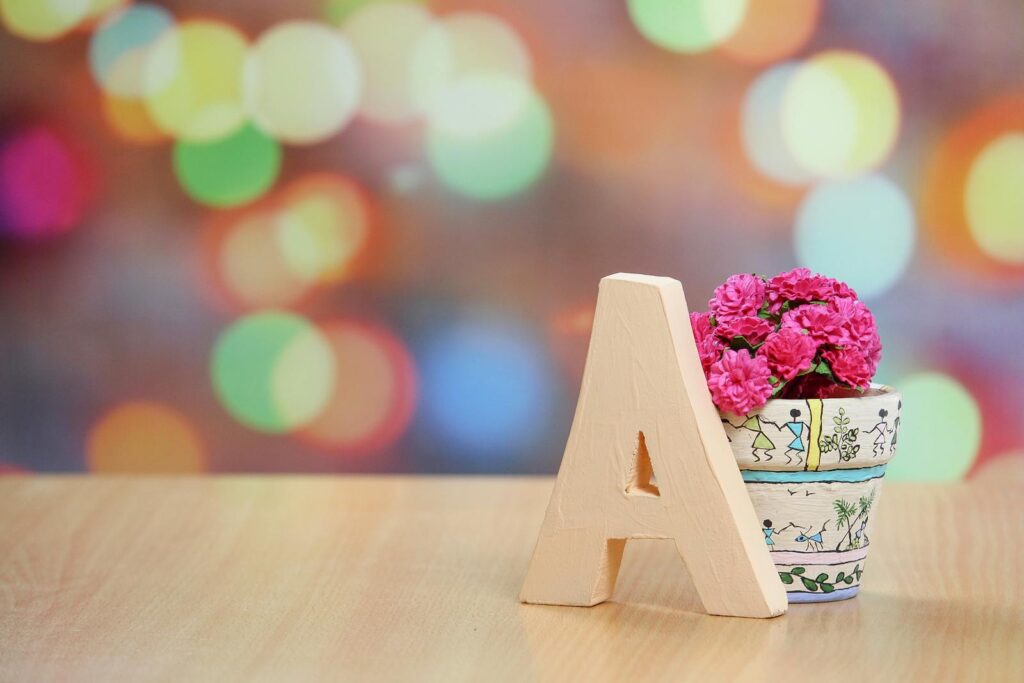
3. **The Many Faces of ‘A’: Uppercase and Lowercase Variations** While the uppercase ‘A’ is instantly recognizable to all of us, looking like a triangular head with a horizontal bar crossing its middle, its lowercase sibling often appears in more than one guise. This duality adds a layer of fascinating complexity to the letter we might think of as simple and straightforward.
When you jot down a quick note or glance at certain children’s books, you’ll often encounter the ‘single-storey |ɑ|’ form of the lowercase ‘a’. This variant is characterized by a simple circle with a vertical stroke on its right side, making it appear less intricate than its counterpart. It’s popular in handwriting and in fonts specifically designed for easy readability, especially by younger learners. It also frequently appears in italic type, offering a streamlined, flowing aesthetic.
However, the ‘double-storey |a|’ is probably what you see most often in printed materials, like this very article! This form consists of a small loop with an arc curving over it, giving it a more elaborate appearance. Both forms, the single-storey and the double-storey, actually derive from the majestic majuscule form ⟨A⟩, illustrating the subtle ways in which letters evolve over time while retaining their core identity.
These variations aren’t just arbitrary; they reflect historical writing practices and pedagogical choices. The evolution of these different forms from a common ancestor highlights the dynamic nature of script and how design choices can influence readability and aesthetic appeal across different contexts. It’s a reminder that even the most fundamental elements of our language have a rich and varied history.
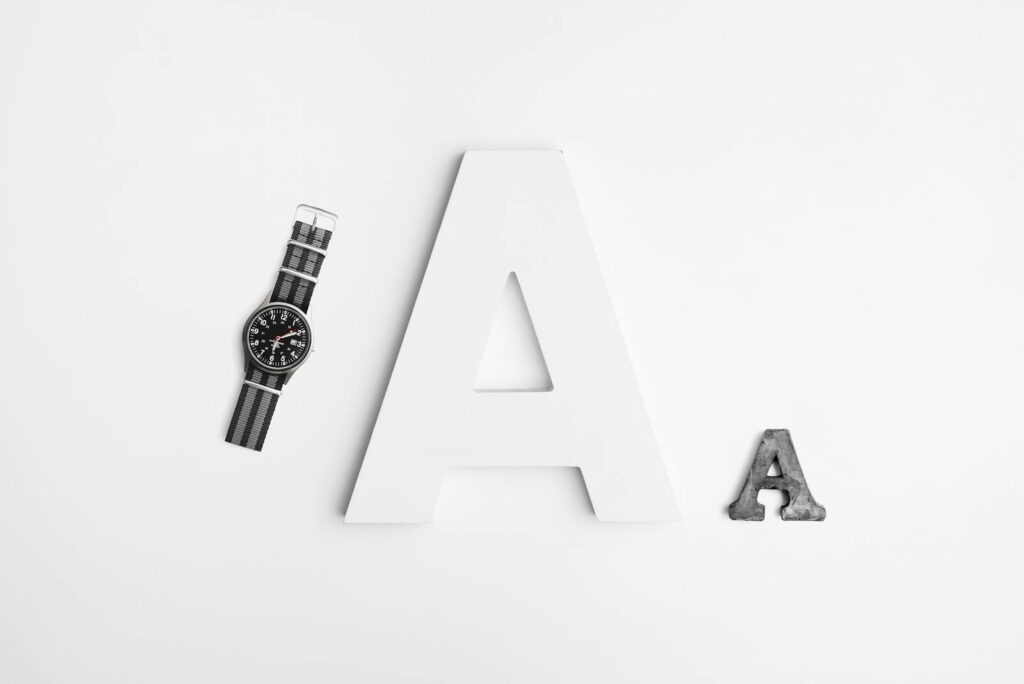
4. **Typographic Evolution: From Monumental to Modern Italic** The letter ‘A’ hasn’t just undergone a single transformation; it’s a veteran of numerous typographic evolutions, each reflecting the materials, tools, and aesthetic preferences of its era. During Roman times, for example, there wasn’t just one ‘A’ but several distinct styles, each serving a different purpose and looking quite unique.
First, there was the ‘monumental’ or ‘lapidary’ style. This was the grand, stately ‘A’ you’d find carved into stone, on public buildings, or other permanent media. It was designed for durability and public display, reflecting the power and permanence of the Roman state. Alongside this, a ‘cursive’ style existed for everyday, utilitarian writing. This was the ‘A’ scribbled on more perishable surfaces like wax tablets or papyrus, meant for quick notes rather than eternal declarations.
Though fewer examples of cursive ‘A’s survive due to the fragile nature of their media, we still have a treasure trove of variations, including majuscule cursive, minuscule cursive, and semi-cursive minuscule. But the evolution didn’t stop there. Over time, variants that blended aspects of both monumental and cursive styles emerged, such as the early semi-uncial (around the 3rd century), the uncial (from the 4th to 8th centuries), and the late semi-uncial (6th to 8th centuries), each adding its own flavor to the letter’s repertoire.
As the Roman Empire faded, Western Europe saw the development of several cursive minuscule variants, like Italy’s semi-cursive minuscule, France’s Merovingian script, Spain’s Visigothic script, and Great Britain’s Insular or Anglo-Irish semi-uncial. By the ninth century, the elegant ‘Caroline script’ emerged, very similar to our present-day form, becoming the principal choice for book-making before the printing press revolutionized everything. This form was a beautiful synthesis, combining elements from earlier styles into a more standardized and legible character.
The 15th century in Italy truly brought us to the doorstep of modern ‘A’s, giving rise to the two main variants we use today: the ‘Italic’ and ‘Roman’ forms, both derived from the Caroline Script. The Italic form ⟨ɑ⟩, often called ‘script a’, became synonymous with handwriting. It’s that circular shape with a vertical stroke on its right, a form that gradually developed from a 5th-century version resembling the Greek letter tau ⟨τ⟩ in the hands of Irish and English writers. The ‘Roman’ form ⟨a⟩, on the other hand, became the standard for most printed material, characterized by its small loop and an arc over it. These are the ‘single-decker’ and ‘double-decker’ ‘A’s that graphic designers playfully refer to today, showcasing a continuous line of descent from the ancient majuscule ⟨A⟩.
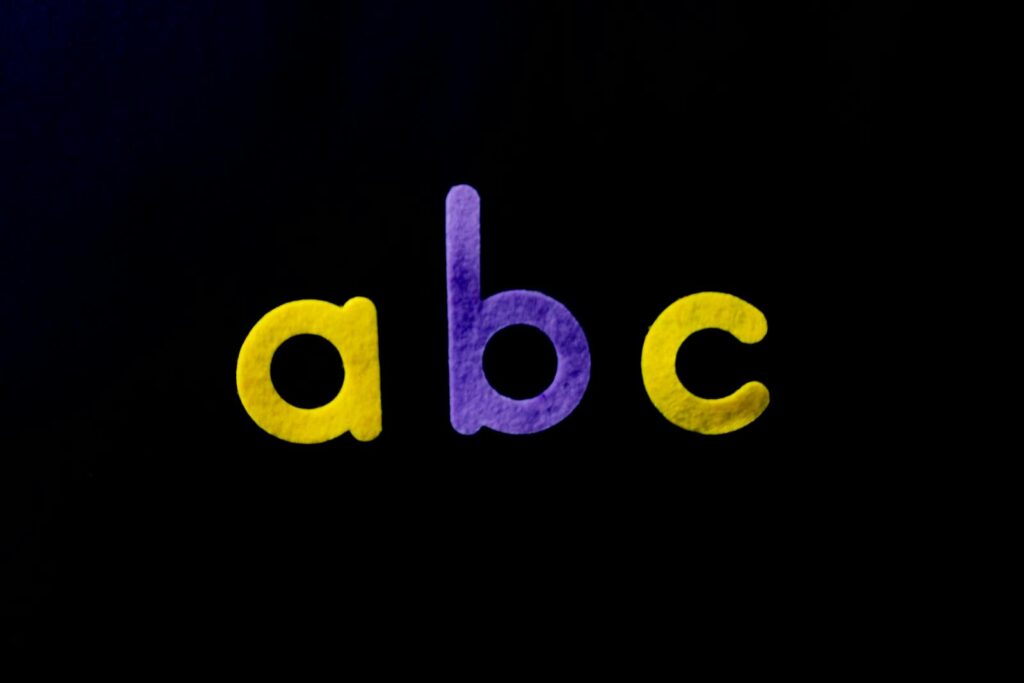
5. **’A’ in English: More Than Just a Vowel** When we think of ‘A’ in English, the first thing that often comes to mind is its status as the first letter and a primary vowel. It’s indeed the first vowel letter of the Latin alphabet, a title it proudly holds in the modern English alphabet and countless others worldwide. Its name in English is simply ‘a’, pronounced ‘AY’, with ‘aes’ as its plural – a fun fact to share at your next trivia night!
But ‘A’ does so much more than just occupy the first slot. It plays a crucial grammatical role as the indefinite article (with ‘an’ being its alternative when followed by a vowel sound), signifying a single, non-specific item or person. Think ‘a dog’ or ‘a house’ – simple, yet indispensable for clarity in communication.
What truly makes ‘A’ a linguistic chameleon in English is its astonishing versatility in pronunciation. Depending on its position within a word and the letters surrounding it, the letter ⟨a⟩ can represent at least seven different vowel sounds! You’ve got the near-open front unrounded vowel /æ/ as in ‘pad’, the open back unrounded vowel /ɑː/ as in ‘father’, and the open back rounded vowel /ɒ/ in words like ‘was’ and ‘what’. It also appears as the open-mid back rounded vowel /ɔː/ in ‘water’, and as part of the diphthong /eɪ/ in ‘ace’ and ‘major’ – a result of fascinating linguistic shifts like the Great Vowel Shift.
And let’s not forget the humble schwa /ə/, the sound ‘A’ often takes in many unstressed syllables, as in ‘about’, ‘comma’, or ‘solar’. This wide range of sounds makes English phonetics a delightful challenge and highlights just how much work this single letter does. While the double ⟨aa⟩ sequence is rare in native English words (think ‘Aaron’ or ‘aardvark’), ⟨a⟩ frequently teams up in common digraphs like ⟨ai⟩, ⟨au⟩, ⟨aw⟩, ⟨ay⟩, ⟨ea⟩, and ⟨oa⟩, each producing its own unique sounds.
Beyond its varied pronunciations and grammatical roles, ‘A’ is also a statistical powerhouse. It’s the third most commonly used letter in English, trailing only ‘e’ and ‘t’, accounting for approximately 8.2% of all letters used in English texts. This frequency underscores its essential nature, proving that ‘A’ isn’t just the beginning; it’s a constant presence.
Read more about: The Enduring Story of English: Exploring the Language That Connects Our World

6. **The Global Sound: ‘A’ Across Languages** While ‘A’ holds a special place in English, its phonetic presence reverberates across the globe, with fascinating variations that showcase the rich tapestry of human language. For the vast majority of languages that utilize the Latin alphabet, ⟨a⟩ consistently denotes an open unrounded vowel. This sound can manifest as /a/, /ä/, or /ɑ/, depending on the specific nuances of the language, but the core characteristic of an open, unrounded mouth position remains.
However, there are always intriguing exceptions that prove the rule. Take Saanich, for example, an Indigenous language of the Pacific Northwest. In Saanich, the letter ⟨a⟩—along with its accented form ⟨Á⟩—surprisingly stands for a close-mid front unrounded vowel, represented as /e/. This deviation from the norm beautifully illustrates how individual languages adapt and assign unique phonetic values to shared alphabetic symbols, demonstrating the incredible flexibility of linguistic systems.
The context provides a stunning array of cross-linguistic variations for ⟨a⟩ pronunciation. You’ll find it as [a] in languages like Chuvash, Croatian, French, German, Indonesian, and Spanish. It stretches to a longer [aː] in Dutch and German (when doubled). It can take on an ‘intermediate’ sound like [ä] in Catalan or Czech. We even see it as the more open back [ɑ] in Bashkir, Finnish, and Russian.
Further phonetic adventures include the rounded vowel [ɒ] in Southern England English and Hungarian, the near-open front unrounded vowel [æ] in Danish and English, and even the mid-central schwa [ə] in English unstressed syllables. This breathtaking diversity underscores that while ‘A’ is a universal symbol, its spoken reality is a vibrant, shifting landscape, molded by the phonetic requirements and historical developments of each individual language. It’s a testament to the dynamic relationship between written symbols and spoken sounds.
Read more about: Unraveling the Enduring Legacy Behind Wolfgang Van Halen’s Storied Name

7. **Beyond the Alphabet: ‘A’ in the International Phonetic Alphabet** For linguists and language enthusiasts, the International Phonetic Alphabet (IPA) is the ultimate guide to the sounds of human speech, and ‘A’ plays a starring role in its precise system. In the IPA, the lowercase ⟨a⟩ is specifically designated for the ‘open front unrounded vowel’. Imagine the vowel sound in the English word ‘trap’ (for some accents), and you’re close to this particular ‘A’ sound.
But the IPA’s ‘A’ family doesn’t stop there. To capture the full spectrum of ‘A’-like sounds, it introduces variations. The symbol ⟨ä⟩ is used for the ‘open central unrounded vowel’, which sits squarely in the middle of the mouth, not quite front, not quite back. Then there’s ⟨ɑ⟩, often referred to as ‘Latin alpha’, which represents the ‘open back unrounded vowel’—a sound you might hear in the English word ‘father’. This meticulous distinction allows for an incredibly accurate transcription of spoken language, far beyond what standard alphabets can achieve.
Other phonetic systems also leverage ‘A’ and its variants. For instance, in X-SAMPA, a computer-readable phonetic alphabet, ⟨a⟩ denotes the open front unrounded vowel, similar to IPA, while ⟨A⟩ (uppercase) is used for the open back unrounded vowel. This shows how the ‘A’ character, in different forms, serves as a cornerstone for representing fundamental vowel sounds across various phonetic transcription methods.
The influence of ‘A’ extends even further into specialized phonetic symbols. We see characters like ⟨Ɑ ɑ⟩ (Latin alpha), ⟨ᶐ⟩ (Latin small alpha with a retroflex hook), ⟨Ɐ ɐ⟩ (Turned A, for a near-open central vowel), ⟨Λ ʌ⟩ (Turned V, for an open-mid back unrounded vowel), and ⟨Ɒ ɒ⟩ (Turned alpha or script A, for an open back rounded vowel). There’s also the obsolete or non-standard ⟨ᴀ⟩ (Small capital A) used for various open vowels. These numerous ‘A’-related symbols underscore the letter’s fundamental role in mapping the vast and complex world of speech sounds, making it a true linguistic hero.
Read more about: Journey Through Sound and Soul: The Enduring Legacy and Global Reach of the Russian Language
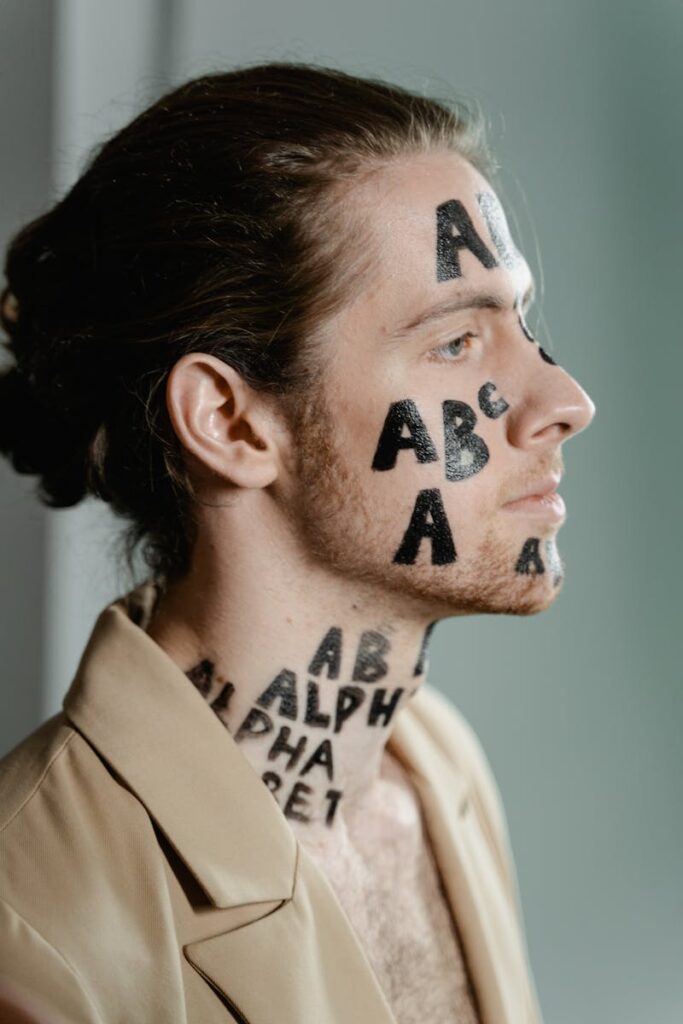
8. **’A’ in Mathematics and Science**The letter ‘A’ truly wears many hats, extending its influence far beyond the world of words. Beyond its linguistic prowess, ‘A’ steps onto the stage in mathematics and science, taking on crucial roles in defining everything from numbers to fundamental physical concepts. It’s like the ultimate utility player, seamlessly transitioning from language to logic and discovery.
In the realm of pure numbers, ‘A’ plays a special part in base-16 notation, also known as hexadecimal. Here, ‘A’ or ‘a’ is the conventional numeral that corresponds to the number 10. This might seem like a small detail, but in computing and digital systems where hexadecimal is widely used, ‘A’ is an indispensable placeholder, key to how we represent and process data.
Venturing into algebra, ‘A’ often teams up with other letters like ‘b’ and ‘c’ to denote known quantities, a convention famously “invented by René Descartes in 1637” when he decided to represent “unknowns in equations by x, y, and z, and knowns by a, b, and c.” This enduring convention makes ‘A’ a familiar face in countless equations, helping students and scientists solve complex problems worldwide. Geometry also embraces the capital ‘A’, using it to denote objects like “line segments, lines, and rays.”
Moreover, “A capital A is also typically used as one of the letters to represent an angle in a triangle, the lowercase a representing the side opposite angle A.” Beyond these abstract uses, ‘A’ is found in practical scientific units and concepts. The lowercase ‘a’ is the symbol for “acceleration” in physics. We also see ‘a’ representing an “are,” a unit of area that is “one hundredth of a hectare,” and in “actuarial notation,” where ‘a’ can signify an annuity. The “Ångström sign” (Å) includes an ‘A’, symbolizing a unit of length for atomic scales. This sheer breadth of application underscores ‘A’s vital role in systematizing scientific thought.
Read more about: Unlock Your Brain’s Full Potential: 14 Science-Backed Habits to Outsmart ‘Brain Rot’ and Boost Your Cognitive Power
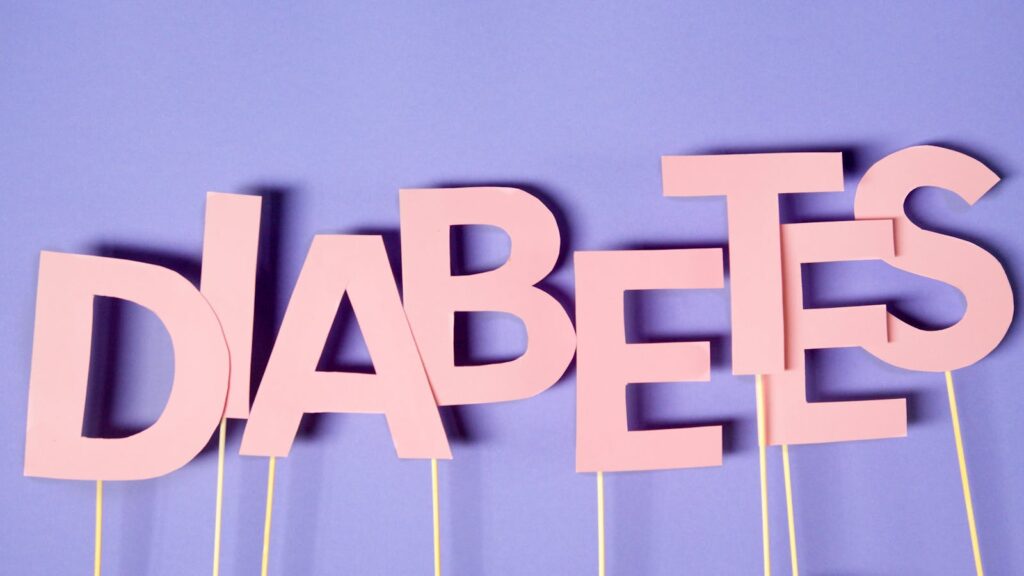
9. **’A’ as a Symbol of Quality and Status**Sometimes, a single letter carries immense social and cultural weight, and ‘A’ is a prime example. It has become a powerful shorthand for denoting something of “better or more prestigious quality or status,” almost instinctively signaling excellence and desirability. It’s truly the gold star of the alphabet, consistently pointing to the top tier.
Think about our educational system: “A−, A or A+” is universally recognized as “the best grade that can be assigned by teachers for students’ schoolwork.” This simple letter instantly communicates outstanding achievement, driving students to strive for that coveted ‘A’. This association of ‘A’ with peak performance is deeply ingrained, extending far beyond the classroom.
In the dining world, an “A grade” proudly displayed on a restaurant’s window gives patrons confidence in its cleanliness. Similarly, the entertainment industry uses “A-list celebrities” to categorize its most sought-after stars, immediately conveying their top-tier status. Even historically in shipping, being “A1 at Lloyd’s” was a mark of the highest insurance rating, indicating a ship’s excellent condition.
This pervasive association isn’t arbitrary; it taps into human psychology. Studies show that “exposure to the letter A has been found to improve performance, when compared with other letters.” This suggests the subconscious connection we make with ‘A’ and excellence can have a motivating effect. ‘A’ also denotes size in specific instances, such as “a narrow size shoe” or “a small cup size in a brassiere.”
Read more about: Beyond the Badge: Uncovering the Hidden Flaws in 14 Fan-Favorite Vehicle Models
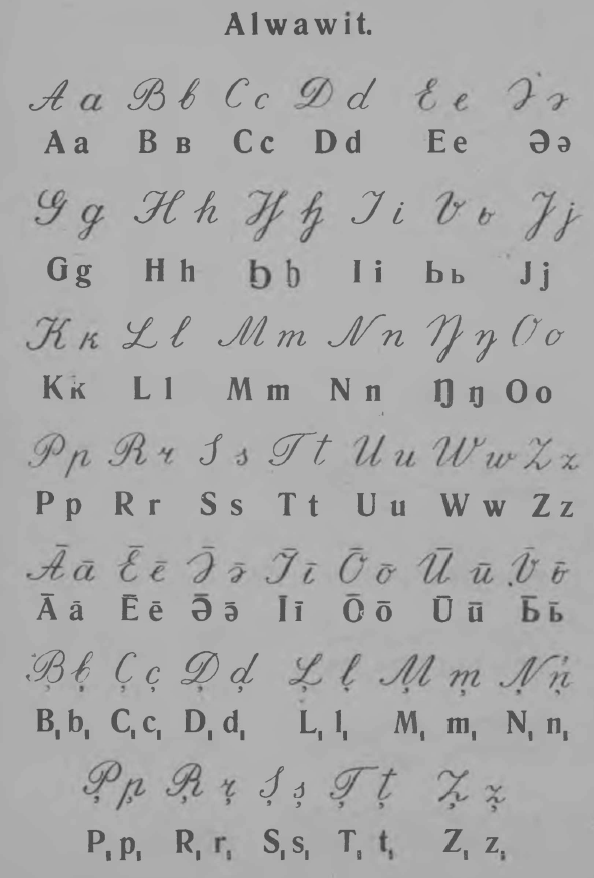
10. **The Family of ‘A’: Related Latin Characters and Diacritics**The letter ‘A’ might be a singular superstar, but it also has a fascinating extended family within the Latin alphabet, showcasing how a core symbol can be adapted and embellished to capture a wider range of sounds and meanings. These variations, often featuring diacritics or ligatures, enrich our writing systems and demonstrate the alphabet’s incredible adaptability.
One well-known related character is the ligature “⟨Æ æ⟩ : a ligature of ⟨AE⟩ originally used in Latin.” This elegant combination creates a distinct character, historically representing a specific diphthong or vowel sound common in classical Latin. It was later adopted into some modern languages, including Old English and Danish, adding a unique visual and phonetic element.
Beyond ligatures, ‘A’ is a chameleon with diacritics—those little marks modifying its sound or meaning. The context lists a dazzling array of “⟨A⟩ with diacritics,” including “Å å” (Scandinavian), “Â â” (French, Portuguese), “Ä ä” (German, Finnish), and “À à,” “Á á,” and “Ā ā” (representing various tones, stresses, or lengths). Each diacritic transforms the ‘A’, allowing it to represent a nuanced palette of sounds.
In specialized phonetic alphabets, ‘A’ gives rise to unique symbols for precise speech sounds. While the IPA’s main ⟨a⟩, ⟨ä⟩, and ⟨ɑ⟩ were in Section 1, other ‘A’-related phonetic characters play vital roles. These include “⟨Ɑ ɑ⟩ : Latin alpha,” “⟨Ɐ ɐ⟩ : Turned A,” “⟨Λ ʌ⟩ : Turned V,” and “⟨Ɒ ɒ⟩ : Turned alpha or script A.” Also, “⟨ᶐ⟩ : Latin small alpha with a retroflex hook” and “⟨ᴀ⟩ : Small capital A” are used. These adaptations show how ‘A’ is re-engineered to map human speech, indispensable for linguists.
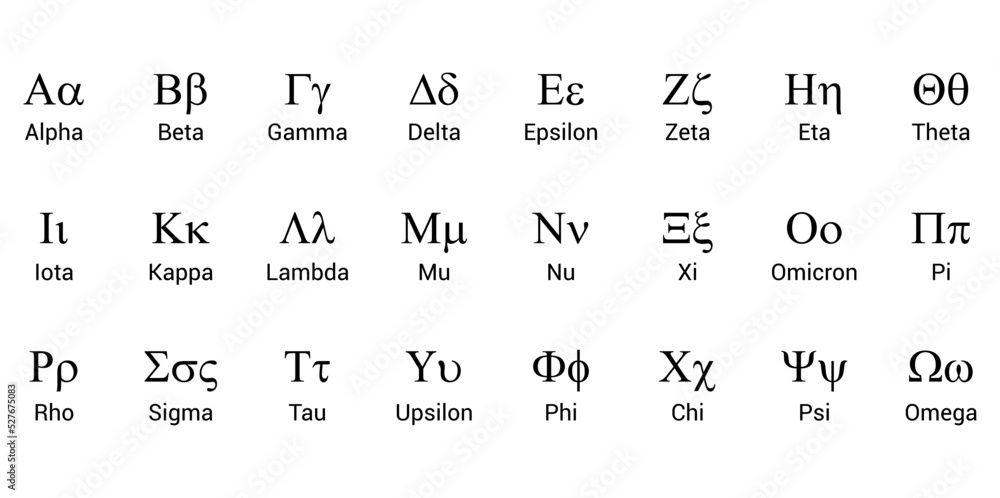
11. **Ancestors and Siblings: ‘A’s Extended Family**Our beloved letter ‘A’ isn’t just a standout character; it’s part of a grand, ancient lineage, with a fascinating family tree that spans continents and millennia. Its origins can be traced back to a single, powerful ancestor, from which it branched out, influencing countless other alphabets and producing a diverse array of sibling letters used globally.
The foundational patriarch of this incredible family is “⟨ 𐤀 ⟩ : Phoenician aleph,” from which “the following symbols originally derive.” It’s mind-boggling to think that this ancient Phoenician character, representing an ox head and a glottal stop, laid the groundwork for so many modern letters. The influence of aleph is a testament to the remarkable efficiency and adaptability of early writing systems.
From Phoenician aleph, we get “⟨ Α α ⟩ : Greek letter alpha,” not just an ancestor but a direct sibling to our Latin ‘A’, as “the source of all later forms” for Western alphabets. The Greeks transformed the consonantal aleph into their first vowel, /a/, creating alpha. This Greek alpha, in turn, became the direct progenitor for “⟨ А а ⟩ : Cyrillic letter A,” used in Russian, and “⟨ Ⲁ ⲁ ⟩ : Coptic letter alpha.”
The journey continues with “⟨𐌀⟩ : Old Italic A,” identified as “the ancestor of modern Latin A.” This intermediary form solidifies the link between Greek and Roman alphabets. From this Old Italic form, “⟨ ᚨ ⟩ : Runic letter ansuz, which probably derives from old Italic A,” emerged. The family also includes “⟨ 𐌰 ⟩ : Gothic letter aza,” and “⟨ Ա ա ⟩ : Armenian letter ayb.” This vast network shows the profound impact of the original Phoenician aleph and its Greek descendant, underpinning written communication across diverse cultures.

12. **’A’ in Digital Communication: Unicode and Beyond**In our modern digital age, where text flows across screens and devices, the letter ‘A’ continues its starring role, meticulously encoded and managed by sophisticated computer systems. Unicode, the universal standard for text representation, ensures that every ‘A’—from its plainest form to its most embellished variant—is accurately displayed, connecting users across languages and platforms.
For the standard Latin letters, “⟨A⟩ and ⟨a⟩ have Unicode encodings U+0041 A LATIN CAPITAL LETTER A and U+0061 a LATIN SMALL LETTER A.” These foundational “code points” are the same ones used in older systems like ASCII and ISO 8859, emphasizing the continuity of ‘A’s digital identity. This uniformity is crucial for ensuring text created anywhere can be read and understood everywhere.
But the digital world of ‘A’ is much richer. Unicode also provides “precomposed character encodings for ⟨A⟩ and ⟨a⟩ with diacritics,” encompassing variants like ‘Å’ or ‘Ä’. For specific ‘A’s not precomposed, they “are produced using combining diacritics,” allowing any ‘A’ to be modified dynamically. This flexibility ensures the full spectrum of ‘A’ forms used in global languages can be accurately rendered digitally.
Furthermore, “variant forms of the letter have unique code points for specialist use,” catering to specific academic and technical fields. This includes “the alphanumeric symbols set in mathematics and science,” and “Latin alpha in linguistics.” Even for compatibility with older Asian fonts, “halfwidth and fullwidth forms for legacy CJK font compatibility” are provided. While Latin ‘A’ is distinct, its visual similarity to characters from other alphabets means “Cyrillic and Greek homoglyphs… have separate encodings,” preventing confusion and ensuring proper rendering in the digital universe.
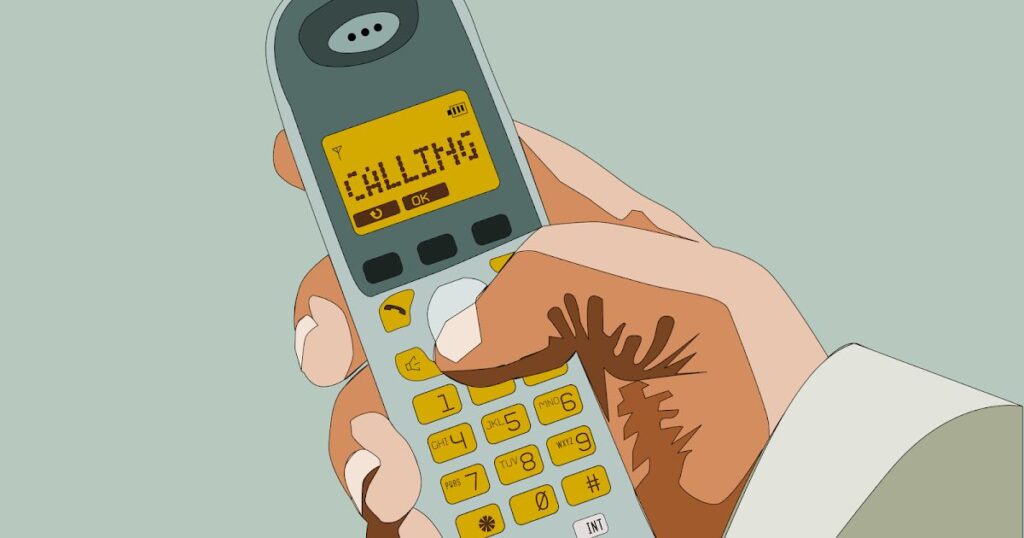
13. **’A’ in Specialized Codes and Communication Systems**Beyond everyday writing and digital screens, the letter ‘A’ steps into critical roles within specialized communication systems, where clarity and rapid transmission are paramount. From military operations to maritime signaling, ‘A’ is translated into unique forms, proving its versatility as a fundamental building block of information across diverse mediums.
In the high-stakes world of aviation and military communication, the NATO phonetic alphabet is indispensable. Here, ‘A’ is represented by the word “Alpha,” ensuring that even in noisy or garbled transmissions, the intended letter is unequivocally understood. Say “Alpha,” and everyone knows you mean ‘A’ – a simple yet incredibly effective way to prevent misunderstandings and ensure smooth, clear communication. For telegraphy, ‘A’ has its distinct rhythm in “Morse code: ·–.” This concise pattern of a dot followed by a dash instantly conveys the letter, making ‘A’ one of the easiest and quickest characters to transmit.
When visual communication is required, ‘A’ takes on dynamic forms. On the seas, the “Signal flag” for ‘A’ is a blue and white pennant, signaling “I have a diver down; keep clear at slow speed.” This visual ‘A’ is instantly recognizable globally. Similarly, in “Flag semaphore,” ‘A’ is represented by arms held outstretched and slightly downwards, creating a clear posture for visual signaling across distances. These systems demonstrate that ‘A’ is not just a letter to be read; it’s a concept translated into sound, pulse, or gesture.
Read more about: Gone But Not Forgotten: 14 Beloved Cars That Vanished Unexpectedly from Production
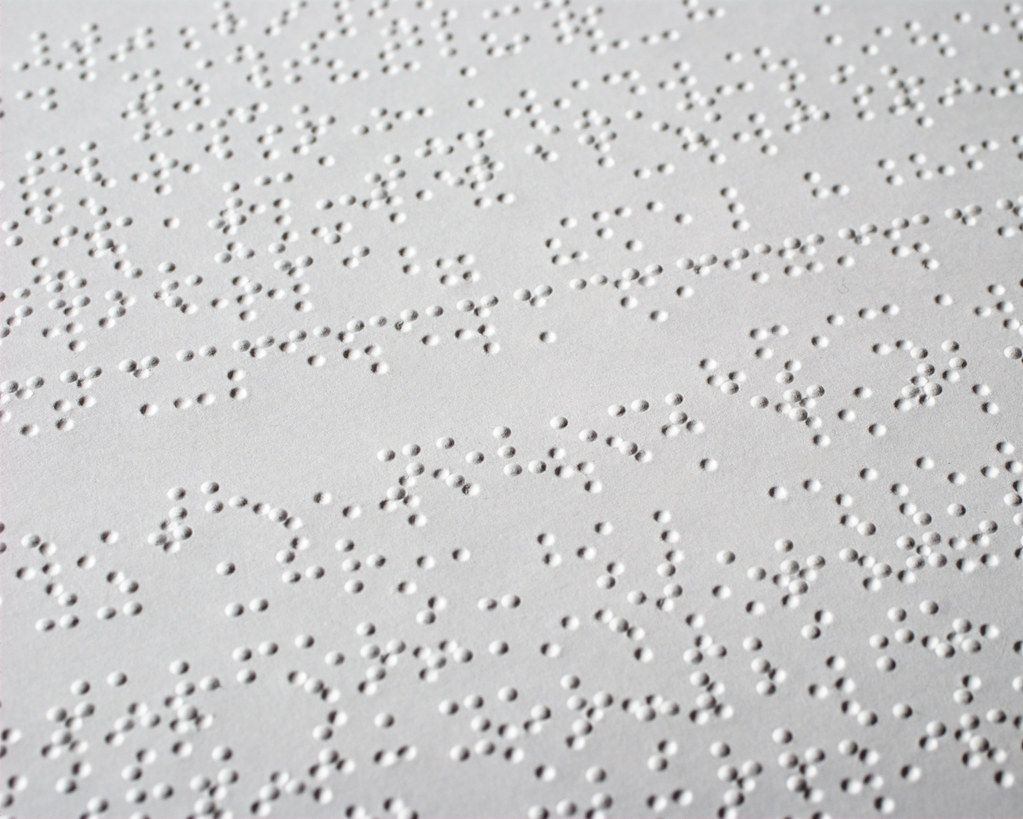
14. **’A’ in Tactile and Manual Communication**The journey of ‘A’ isn’t confined to visual or auditory realms; it profoundly extends into tactile and manual forms of communication, providing essential access to language for individuals who are blind or deaf. In these systems, ‘A’ is not just seen or heard, but physically felt or expressed through hand shapes, highlighting its crucial role in fostering inclusivity and connectivity.
For the visually impaired, ‘A’ is experienced through “Braille dots-1.” This tactile representation, a single raised dot in the upper-left position of a Braille cell, is the very first character learned. Its simplicity and prime position underscore its fundamental importance, allowing individuals to ‘read’ the letter ‘A’ through touch and build literacy. The context also mentions its place in “Unified English Braille,” ensuring consistency.
In manual communication, ‘A’ takes on a distinct physical form. In the “American manual alphabet (ASL fingerspelling),” ‘A’ is a clenched fist with the thumb resting alongside the index finger. This allows ‘A’ to be literally ‘spoken’ with the hands, providing a critical component for the deaf community. The “British manual alphabet (BSL fingerspelling)” also has a specific hand position for ‘A’, reflecting diverse historical developments. These forms are powerful reminders of ‘A’s fundamental role, adapting to meet diverse communication needs and serving as a cornerstone of accessibility.
Read more about: Unlocking Your Driving Potential: 15 Expert-Backed Tricks to Become a Sharper, Safer Driver Today
So there you have it – the incredible, multifaceted journey of the letter ‘A’, a true linguistic and symbolic powerhouse! From its humble beginnings as an ox-head pictogram to its indispensable roles in digital code, scientific notation, and even tactile communication, ‘A’ proves that even the most fundamental elements of our world hold layers of history, meaning, and surprising versatility. It’s more than just the first letter; it’s a testament to human ingenuity and our endless quest to communicate, categorize, and comprehend the universe around us. So next time you see an ‘A’, give it a nod – you’re looking at a true icon!



